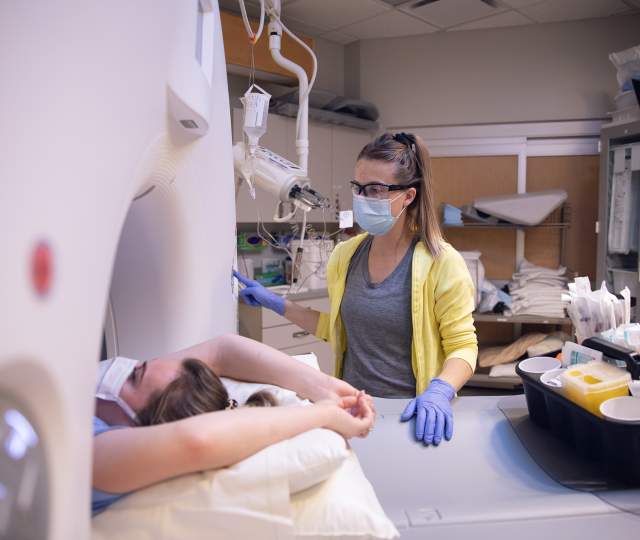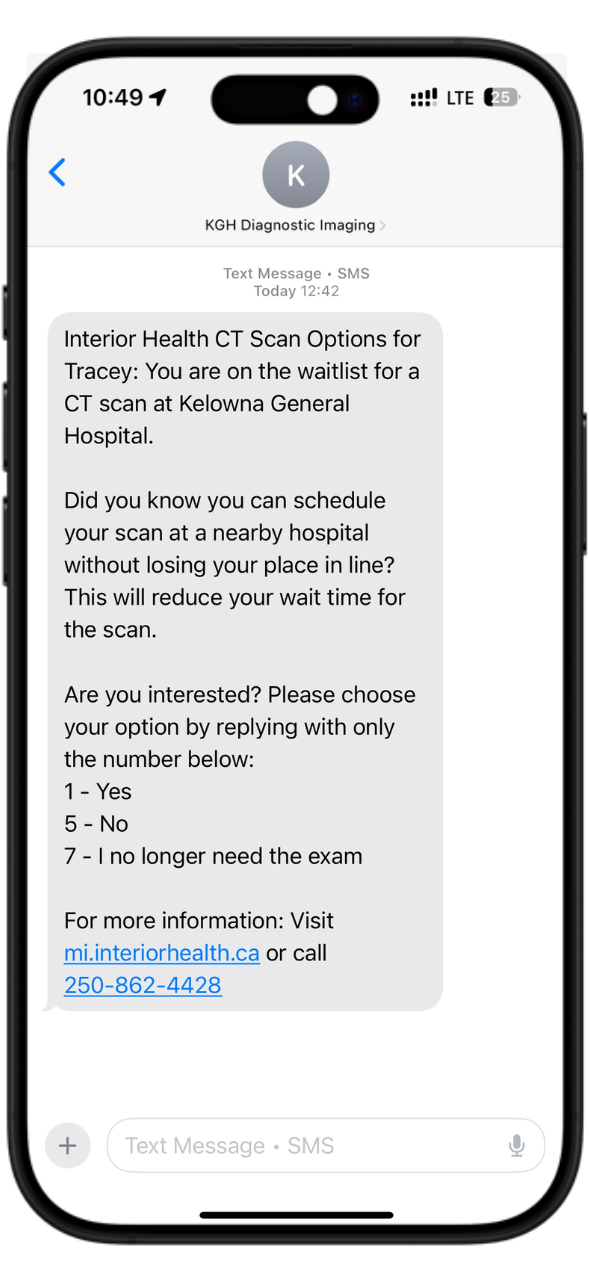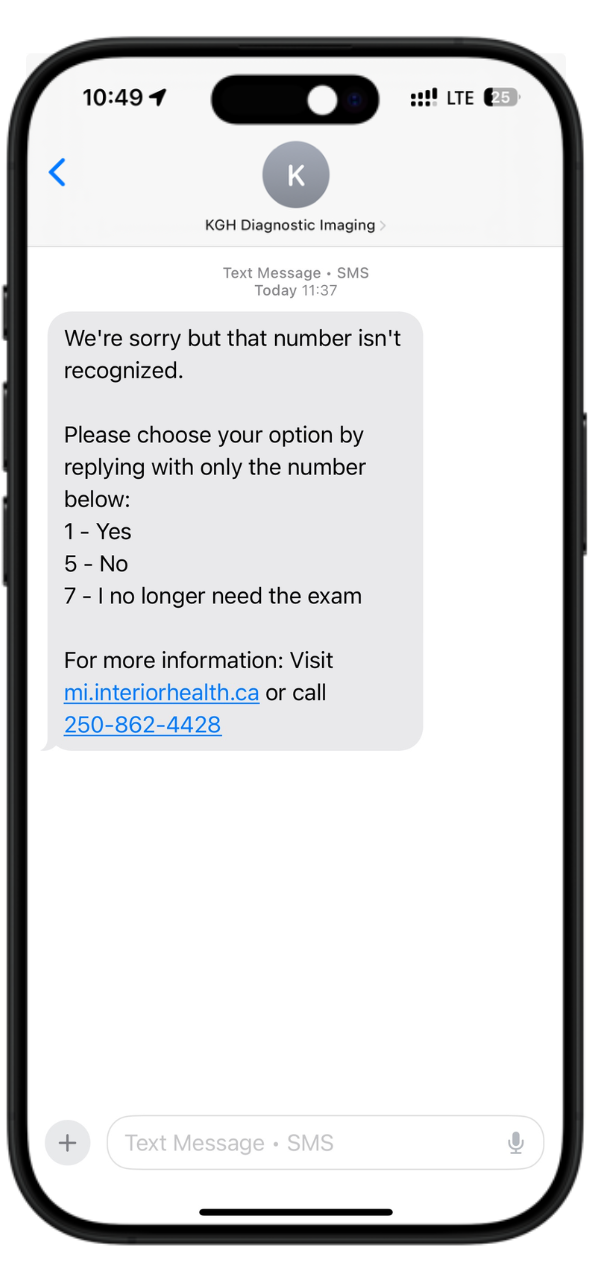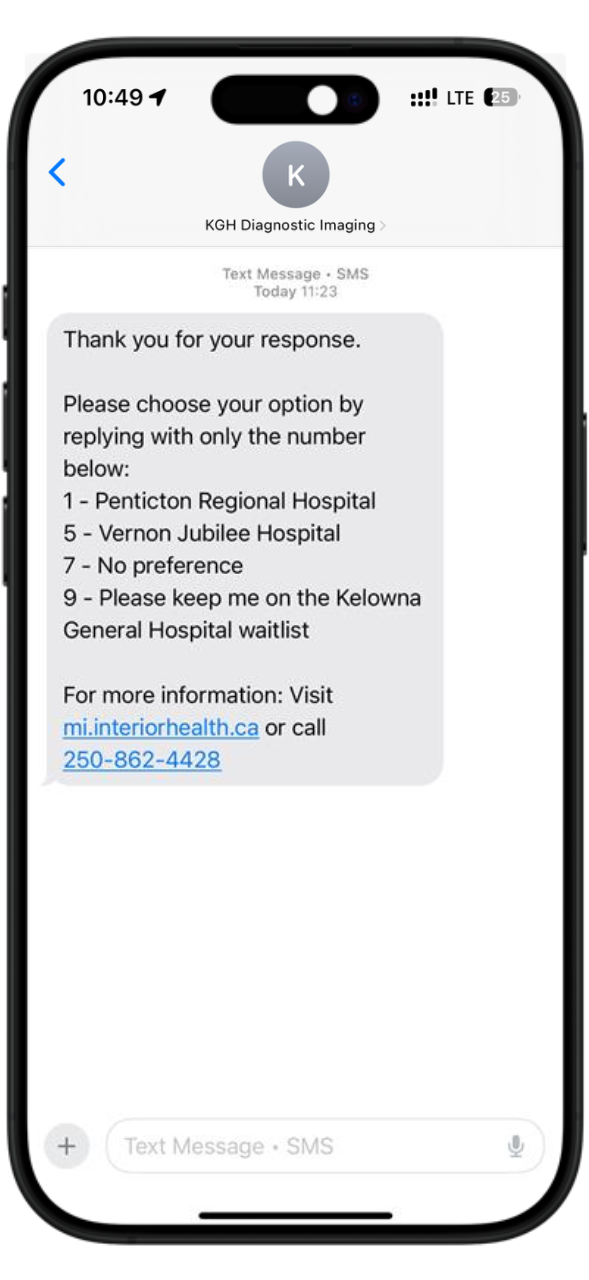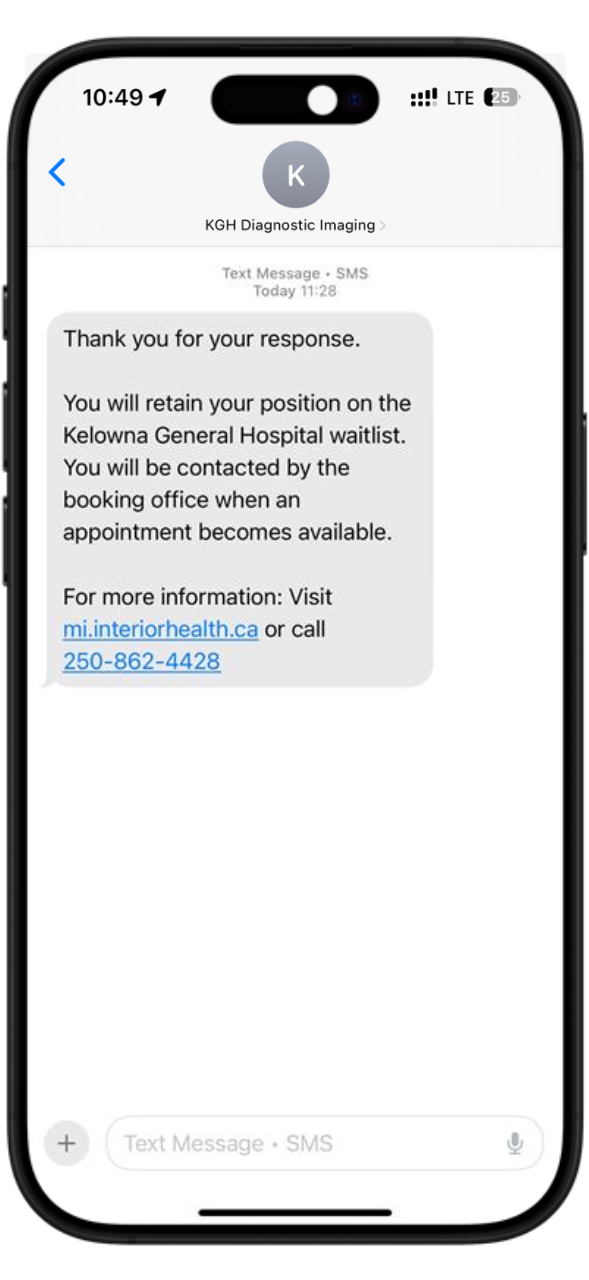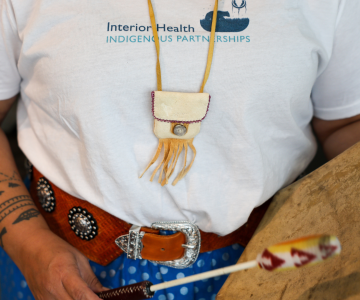Types of imaging procedures
Medical imaging is a method doctors use to create pictures of your organs, tissues and bones. These images help them diagnose health issues and plan treatments without needing surgery.
- Bone Density Testing
- Computed Tomography (CT) Scan
- Echocardiogram
- Fluoroscopy
- Interventional Radiology / Angiography
- Magnetic Resonance Imaging (MRI)
- Mammography
- Nuclear Medicine
- X-ray (How to self-schedule your x-ray)
- Ultrasound
- Videonystagmogram
Please contact us if you have questions or comments for Medical Imaging Services. You can also ask the person conducting your procedure at the time and place of service any questions you have.

